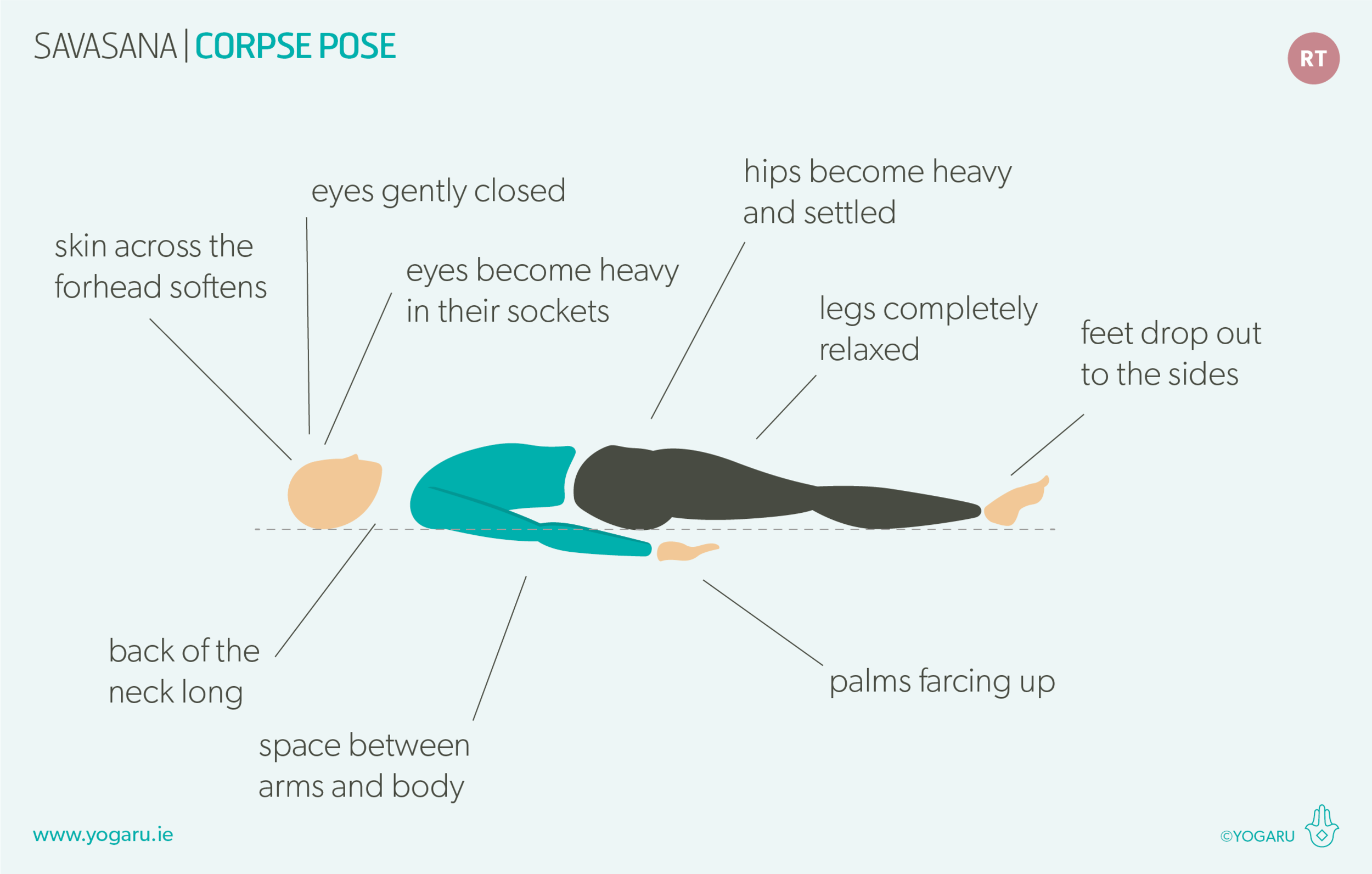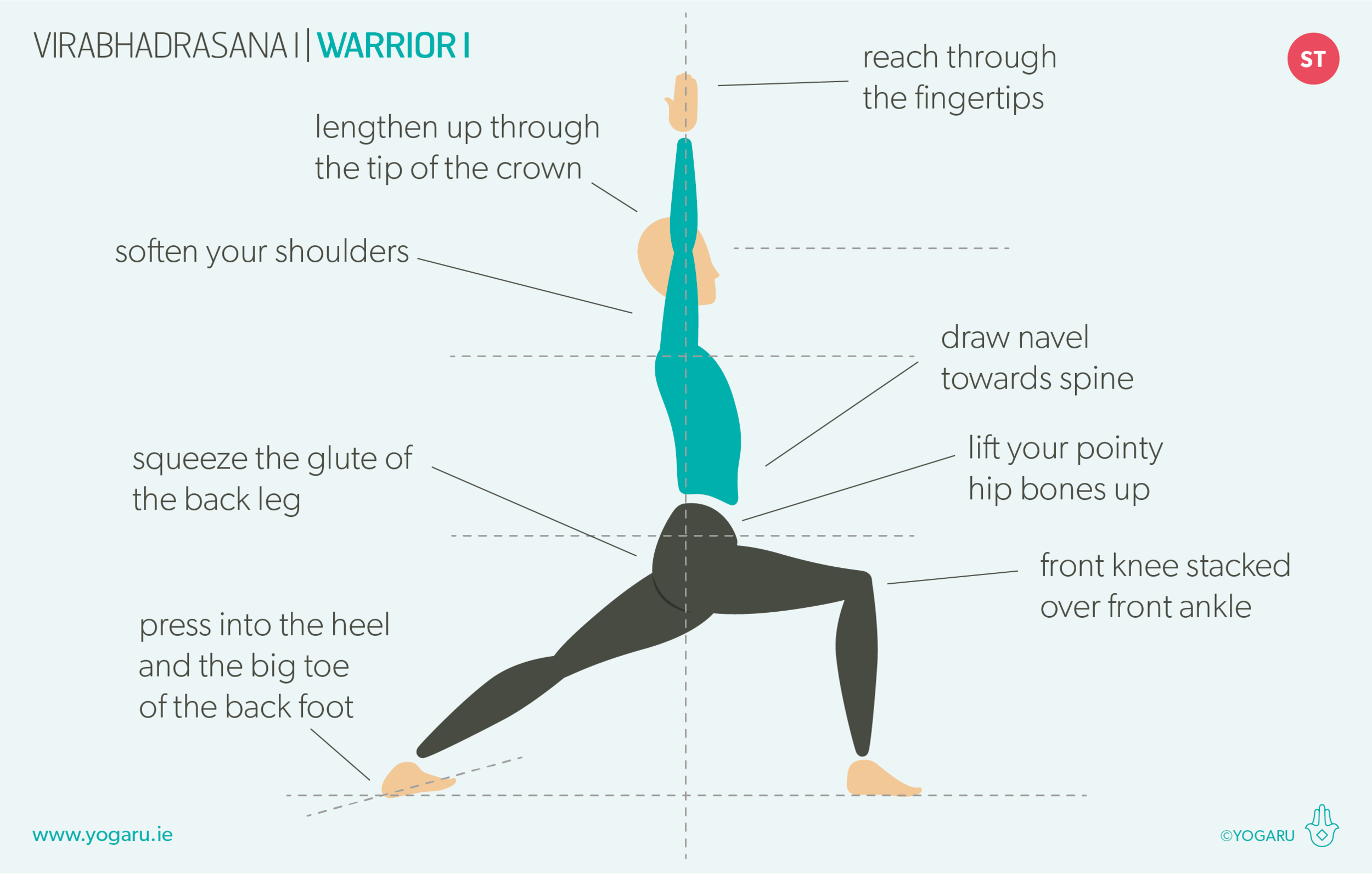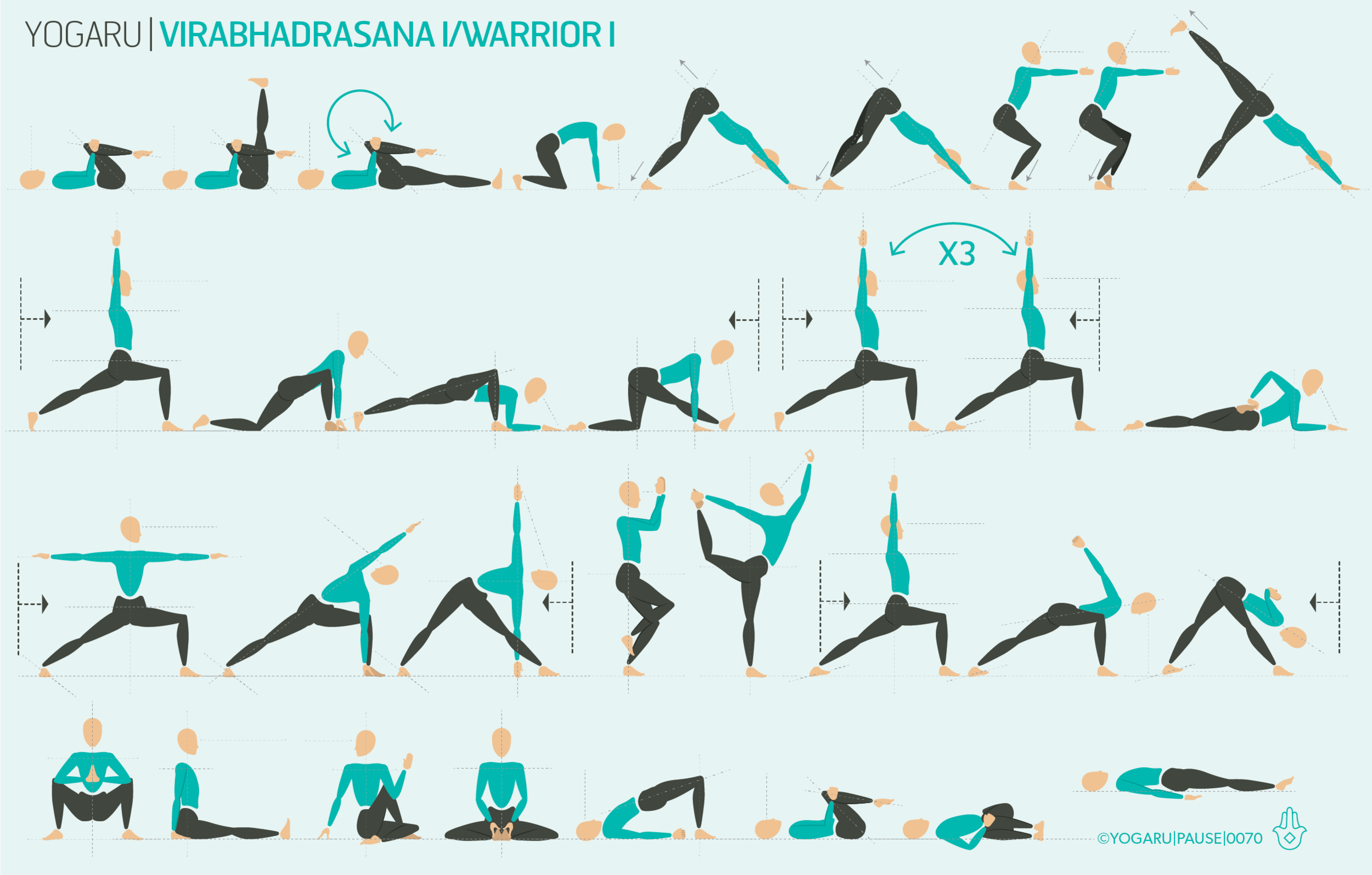GROUND & CENTRE
Ardha Chandrasana/Half Moon is quite the balancing act and requires strong glutes to lift the top leg and plenty of core strength to catch your balance. The trick to finding your balance is to start with a deeply bent front knee to bring your centre of gravity down while your body works out how to accommodate this seesaw arrangement you have put it in. Once your core kick in you can start to very slowly straighten out the standing leg and reach in all directions.
THE BENEFITS OF ARDHA CHANDRASANA/MOON POSE
There is nowhere to hide with this challenging pose. It builds focus and concentration and is very grounding and centering. It strengthens the core, ankles, glutes, spine and quads; and stretches the groin, hamstrings, calves and chest. It requires a lot of balancing skills and improves coordination and balance in our everyday movement. It also eases headaches, lowers blood pressure, eases back pain, relieves indigestion, constipation and menstrual cramps, and eases anxiety. Quite the selection of benefits for this simple yet strong balancing pose!
EXPLORING THE ARDHA CHANDRASANA/MOON POSE IN YOUR PRACTICE
In your full expression of your version of the pose connect with your belly button and radiate out through the standing leg into the support of the ground; through the lift leg reaching through the heel of the flexed foot; through the bottom arm, heart centre and the finger of the extended arm; and finally through your tailbone to the tip of your crown. Think of yourself as a jellyfish reaching in all directions originating from your strong core.
ALIGNMENT CUES
This sequence deeply works the muscles of the glutes at the back of the hips to help you connect to these important muscles that will help you left the top leg in Ardha Chandrasana/Half Moon.
Print out the tips below, along with the sequence, and build you best version of Ardha Chandrasana/Half Moon:
From Utthita Trikonasana/Triangle with your right leg forward. Place your left hand on your hip and step your left foot forward a little.
Bend your front knee and place your right hand on a brick a foot forward to the little toe side of your right foot. Press down through the three points of your right foot and lift the inner ankle.
Keeping your right knee bent, Inhale, float your left leg up to hip height or slightly above, toes facing forward. When you have your balance gradually straighten your right leg.
Flex your left foot parallel to the ground and press out through the heel.
Hips and shoulders stacked, reach your left arm up high, palm facing left, gaze down or to your left fingertips.
To save the images for personal use click and hold down the image until the ‘save image’ option appears; on Mac hold down ‘control’ and click the image to get the option box; on PC right click on the image to get the option box. Scroll down in the ‘option box’ and click ‘save image’.
Ruth Delahunty Yogaru






